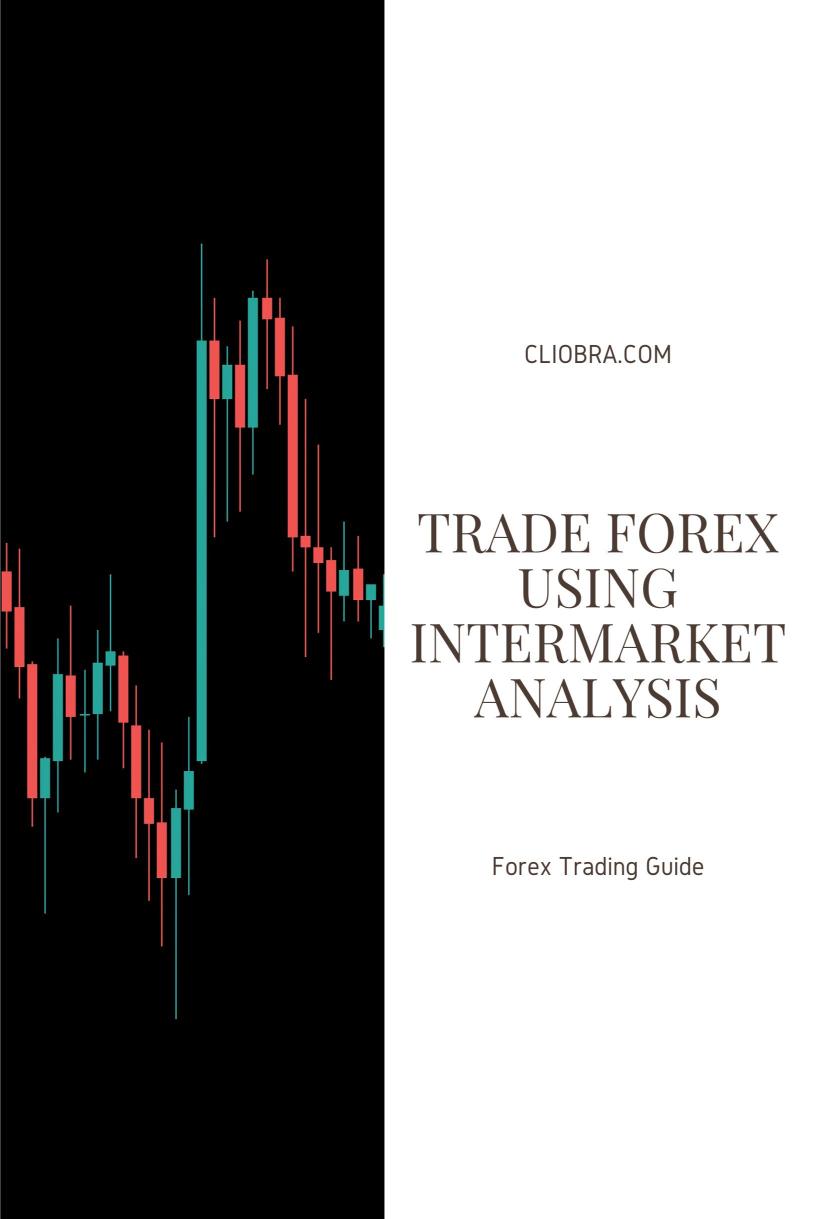Last Updated on February 2, 2025 by Arif Chowdhury
Are you tired of guessing where the Forex market is headed?
What if I told you there’s a way to improve your trading decisions by looking beyond just currency pairs?
Intermarket analysis might be the key you’re missing.
Let’s dive into how to trade Forex using intermarket analysis.
What is Intermarket Analysis?
Intermarket analysis is the study of the relationships between different asset classes.
This includes currencies, stocks, commodities, and bonds.
Here’s the gist:
- Market Correlations: Different markets influence each other. For example, a rise in oil prices might strengthen the Canadian dollar.
- Economic Indicators: Understanding economic indicators across markets can provide insights into potential currency movements.
- Trend Confirmation: By analyzing multiple markets, you can confirm trends and make more informed trading decisions.
Why Intermarket Analysis Matters for Forex Traders
So, why should you care about intermarket analysis?
Here are a few compelling reasons:
- Higher Accuracy: By considering multiple asset classes, you can make more accurate predictions about currency movements.
- Better Risk Management: Understanding correlations helps you manage risk more effectively by diversifying your trades.
- Market Insight: You gain a broader perspective on market sentiment, leading to more informed trading strategies.
Statistical Insights
Did you know that over 60% of currency movements are influenced by factors outside the Forex market?
That’s why intermarket analysis is crucial.
Additionally, studies show that traders who incorporate intermarket analysis into their strategies can improve their profitability by up to 30%.
Key Relationships in Intermarket Analysis
To effectively use intermarket analysis, it’s essential to understand key relationships between asset classes:
- Forex and Commodities:
- Currency pairs like USD/CAD are heavily influenced by oil prices.
- A spike in oil prices can strengthen the Canadian dollar.
- Forex and Bonds:
- Interest rates and bond yields affect currency values.
- Rising bond yields often lead to a stronger currency, as they attract foreign investment.
- Forex and Equities:
- A bullish stock market can lead to a stronger currency due to increased investor confidence.
- Conversely, a bearish stock market might weaken a currency.
How to Implement Intermarket Analysis in Your Trading
Now that you know the basics, how do you actually implement intermarket analysis in your trading?
Here’s a step-by-step guide:
- Identify Key Correlations: Study historical data to identify which currencies are affected by specific commodities or economic indicators.
- Monitor Economic Indicators: Keep an eye on reports like unemployment rates, GDP growth, and inflation. These influence multiple markets.
- Use Multi-Asset Charts: Some trading platforms allow you to view multiple asset classes on one chart. This can help you visualize correlations.
- Stay Updated on Global Events: News can impact various markets simultaneously. Be aware of geopolitical events, central bank announcements, and economic reports.
My Trading Journey and Success with Bots
I’ve developed 15 sophisticated trading bots that use insights from intermarket analysis.
These bots are diversified across major currency pairs like EUR/USD, GBP/USD, USD/CHF, and USD/JPY, focusing on long-term trades of 200-350 pips.
Leveraging Technology in Your Trading
Incorporating technology can make intermarket analysis easier.
Using trading bots can help automate the process of monitoring multiple asset classes and executing trades based on your analysis.
My bots have been backtested over 20 years and consistently perform well, even in volatile market conditions.
Choosing the Right Broker
Picking the right broker is crucial for effective trading.
Look for brokers that offer advanced analytical tools and access to multiple markets.
I’ve tested several brokers and can recommend the best ones that cater specifically to Forex traders.
Key Takeaways
- Understand Market Relationships: Knowing how different asset classes influence each other can improve your trading strategy.
- Monitor Economic Indicators: Stay informed about key economic reports that affect multiple markets.
- Utilize Technology: Consider using trading bots and analytics tools to streamline your intermarket analysis.
Final Thoughts
Trading Forex using intermarket analysis can significantly enhance your trading strategy.
By looking beyond currency pairs, you can gain valuable insights that lead to more profitable trades.
Stay curious, keep learning, and leverage technology to improve your trading approach.
Your journey in Forex can become more successful when you incorporate intermarket analysis into your strategy.
